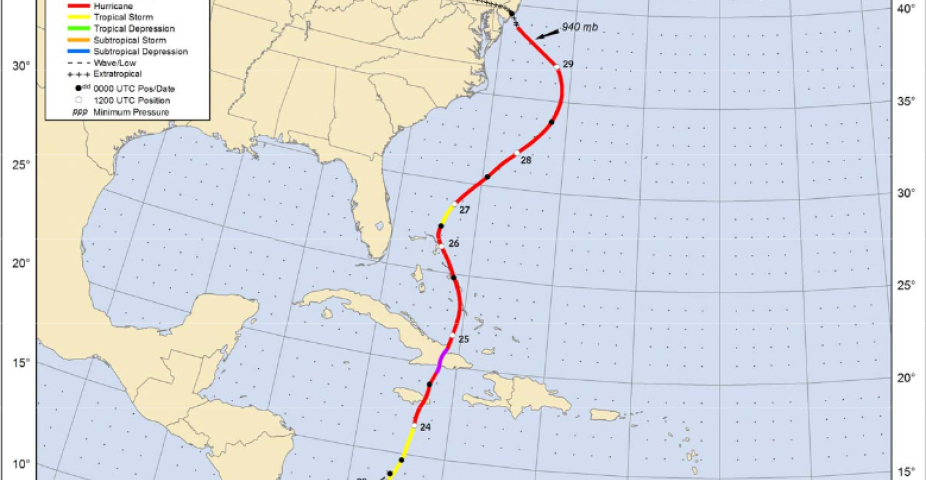End-to-End NWP Containers

Simplifying end-to-end numerical modeling using software containers
Software systems require substantial set-up to get all the necessary code, including external libraries, compiled on a specific platform. Recently, the concept of containers has been gaining popularity because they allow for software systems to be bundled (including operating system, libraries, code, and executables) and provided directly to users, eliminating possible frustrations with up-front system setup.
Using containers allows for efficient, lightweight, secure, and self-contained systems. Everything required to make a piece of software run is packaged into isolated containers, ready for development, shipment, and deployment. Using containers guarantees that software will always run the same, regardless of where it is deployed.
Ultimately, containers substantially reduce the spin-up time of setting up and compiling software systems and promote greater efficiency in getting to the end goal of producing model output and statistical analyses.
Common Community Physics Package (CCPP)

The Common Community Physics Package (CCPP) is designed to facilitate the implementation of physics innovations in state-of-the-art atmospheric models, the use of various models to develop physics, and the acceleration of transition of physics innovations to operational NOAA models.